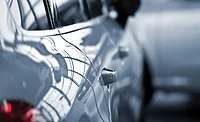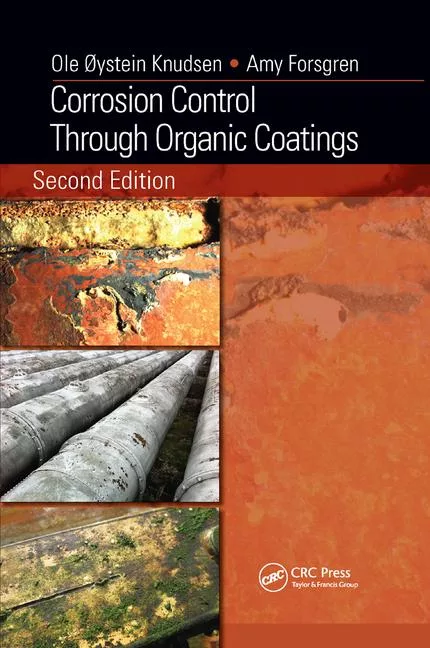Going Above and Beyond OEM Testing Requirements
The best practice in testing procedures involves incorporating additional quality control and testing standards beyond those required by OEM partners.

In today’s environment, best practices for quality testing include doing as much work as possible in-house.
Third-party coating, adhesive, and sealant providers benefit greatly from the rigorous testing standards required by their manufacturing partners. While this is a widely adopted norm, the best practice in testing procedures involves incorporating additional quality control and testing standards beyond those requirements. Technology and real-time data make it possible to achieve industry 4.0 practices.
The first step to developing a best-in-class quality and testing process starts with building a true partnership with your customers. Oftentimes, the specifications that vendors get from original equipment manufacturers (OEMs) are developed by engineers who may or may not have experience engaging with the final application in the real world. As a result, in order to ensure that quality and testing practices are as effective as they need to be, establishing collaborative two-way communication is critical. This focus on communications and process allows every customer to get a customized experience that is aligned on quality and best practices.
Internal Testing
In today’s environment, with the COVID-19 pandemic affecting how everyone does business, best practices for quality testing include doing as much work as possible in-house. Organizations that have made the investment in additional testing equipment will be well-positioned for growth due to their ability to maintain rapid, on-demand delivery times while maintaining expected quality.
Many equipment investments can make a tremendous difference, even despite their robust price tag. Some examples include pull test labs, salt spray chambers for coatings testing, blast profile testing, pencil hardness kits, gloss meters, or even upgraded titration equipment into wash lines and colorimeter integration into wet coatings application.
For example, if you have a military OEM that makes a change to a coatings spec that needs to be adjusted, instead of sending that material to an external salt-spray tester for the 1,008-hr testing process, plus shipping, handling, and any delays incurred by the service provider, the internal timetable is minimized to just the duration of the salt-spray test. Again, in today’s environment that is rife with uncertainty, backlogs, and staffing challenges, it pays to have a partner that is able to handle both production and testing in-house.
Quality in Double-Time
OEMs with rigorous testing requirements frequently require testing every 4 hrs during the manufacturing process. To many, that may seem like a good baseline. To ensure best-in-class performance and quality, however, it is beneficial to double that requirement. For example, on liquid coating lines for military OEM partners, going the extra mile means that representative tests of substrates are pulled every 2 hrs. This enables any necessary adjustments to be made, when required, and ensures that the liquid coatings adhere to the military’s stringent testing requirements.
In addition, the rigorous testing standards based on the leveled-up process in use with military OEMs can be applied to all partners. The reason for that is two-fold: it delivers additional value to all customers, and it helps standardize best-in-class testing behavior across the entire organization for every customer, no matter the scale of the partnership or what industry they operate in.
Sealant and Adhesive Insurance
Even before applying any adhesives or sealants to components, the pretreatment of parts and components can serve as major insurance for quality. This is a step that can be glossed over or even missed completely when reviewing specs but can be added through collaboration with OEMs.
One of the most popular pretreatments is zinc phosphate for maximum corrosion protection on ferrous metals. It is advised to use a certified and approved system by Tank-automotive and Armaments Command (TACOM), which meets Department of the Army performance standards for galvanized and low-carbon steel.
The next major pretreatment is iron phosphate, which is used for large commercial applications. Finally, a wash-only alkaline rinse is also commonly used; this should almost always be used before any sealant or adhesive application. Other pretreatments include in-line trivalent chromium conversion coating (specifically for aluminum) and zirconium conversion coating (best for extended corrosion protection).
For additional information, visit www.advcoatingsinc.com.
Looking for a reprint of this article?
From high-res PDFs to custom plaques, order your copy today!








